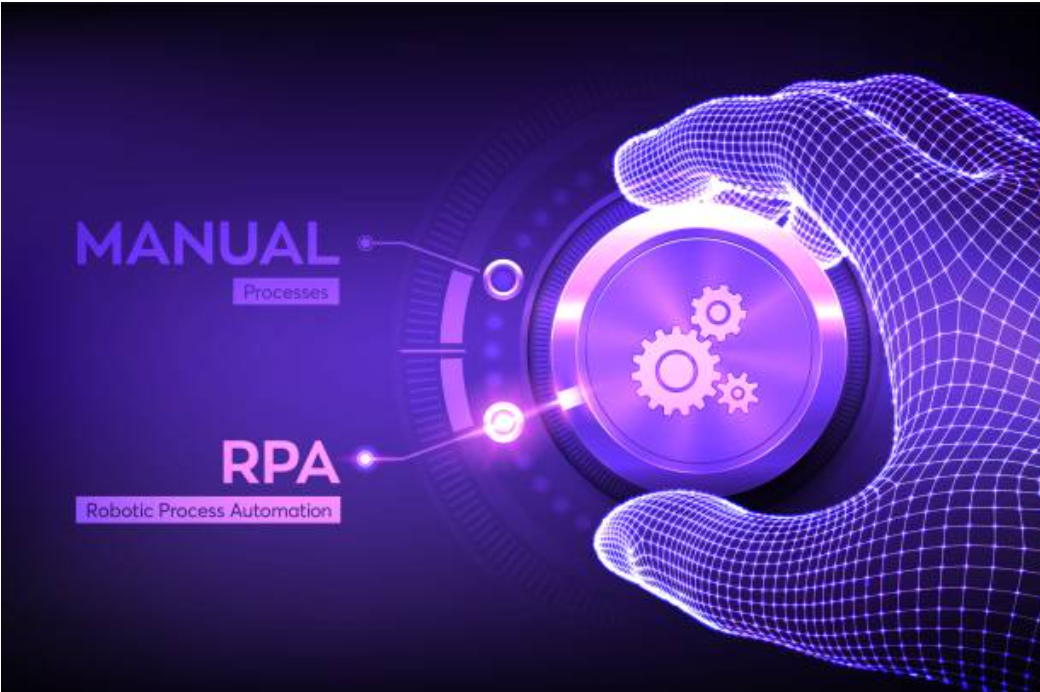
Data is more than just numbers—it serves as the foundation for decision-making across industries. From predicting customer behavior to optimizing supply chains, data science plays a vital role in uncovering insights that drive business success. However, a significant portion of a data scientist’s time is consumed by repetitive tasks like data collection, cleaning, and validation.
Robotic Process Automation (RPA) transforms this process by automating these time-intensive tasks, allowing data scientists to focus on analysis and innovation. At Promatic AI, we harness advanced RPA solutions to streamline data science workflows, enhancing efficiency, accuracy, and overall productivity.
Automating Data Collection and Preparation
1. Automating Data Extraction
Gathering data from multiple sources—APIs, databases, or even websites—can be a painstaking process. RPA streamlines this by automating data extraction, significantly reducing processing time. For example, retail giants like Amazon and Walmart use RPA to collect sales and inventory data in real-time, cutting data extraction time by 50% to 70%. This helps businesses respond to market trends faster and make informed decisions.
2. Cleaning and Transforming Data
Data is only valuable if it’s accurate. Unfortunately, cleaning datasets to remove duplicates, fill in missing values, and correct inconsistencies can take hours. RPA eliminates this bottleneck. Imagine a banking institution processing customer records—RPA can automatically detect missing email addresses and fill in gaps based on existing data patterns. The result? Improved accuracy and significant time savings.
3. Validating Data and Handling Errors
Errors in data can lead to costly mistakes. RPA ensures data quality by automatically flagging discrepancies and fixing inconsistencies. Think of healthcare providers who need precise patient records—an incorrect medication entry can be life-threatening. By integrating RPA, hospitals ensure error-free data, leading to safer patient care and better decision-making.
Speeding Up Model Building and Deployment
1. Automating Feature Engineering
Feature engineering is one of the most time-intensive tasks in data science, often consuming 80% of project time. RPA accelerates this process by automating feature selection, helping businesses deploy models faster. For instance, an insurance company predicting claim fraud can use RPA to extract key risk factors, making fraud detection more efficient and accurate.
2. Automating Model Training and Evaluation
Training machine learning models is a resource-heavy process. RPA can automate the entire workflow, from selecting training datasets to running performance evaluations. A leading financial institution used RPA to optimize risk assessment models, reducing training time from several days to just a few hours—a game-changer in responding to stock market fluctuations.
3. Automating Model Deployment and Monitoring
Once a model is built, deploying and monitoring its performance is critical. RPA ensures models are seamlessly integrated into production environments and continuously monitored for accuracy. Imagine a fraud detection system at a bank—RPA can automatically alert teams if the model’s accuracy drops, ensuring constant reliability in fraud prevention.
Enhancing Collaboration and Workflow Efficiency
1. Streamlining Data Science Workflows
Data science teams often juggle multiple tools and platforms. RPA bridges gaps by integrating seamlessly with data science environments, improving collaboration. A tech startup using RPA to synchronize tasks between data scientists and project managers reduced workflow delays by 30%, leading to faster project execution.
2. Automating Report Generation and Insights Sharing
RPA doesn’t just improve data processing—it also enhances reporting. Businesses can set up automated RPA workflows to generate dashboards and reports. For example, an e-commerce giant uses RPA to auto-generate sales reports every Monday, ensuring decision-makers start their week with the latest insights.
3. Strengthening Data Governance and Compliance
With increasing regulations around data privacy, compliance is a top concern. RPA automates security checks, audit trails, and regulatory reporting. A European bank implemented RPA for GDPR compliance, ensuring zero human errors in handling sensitive customer data, thus avoiding hefty fines.
Enhancing Data Security and Privacy
1. Automating Security Protocols
Data breaches cost companies an average of $3.86 million per incident. RPA minimizes security risks by automating compliance processes and reducing human errors.
2. Managing Access and Conducting Audits
RPA ensures only authorized personnel access sensitive data by automating audit trails and access control. Financial institutions use RPA to conduct real-time security audits, ensuring compliance with global security standards.
Why Promatic AI Leads the Way in RPA-Driven Data Science
At Promatic AI, we are at the forefront of combining RPA and data science to create high-impact, automated solutions for businesses. Whether it’s automating financial forecasts, optimizing marketing analytics, or streamlining customer insights, our expertise in RPA-driven data science helps companies make smarter, faster decisions.
Conclusion
The synergy between RPA and data science is transforming industries by reducing manual effort, improving data accuracy, and accelerating model development. By integrating RPA, businesses not only enhance efficiency but also gain a competitive edge in an increasingly data-driven world.
Are you ready to supercharge your data science workflows? Contact Promatic AI today and let’s build the future of automation together! 🚀

